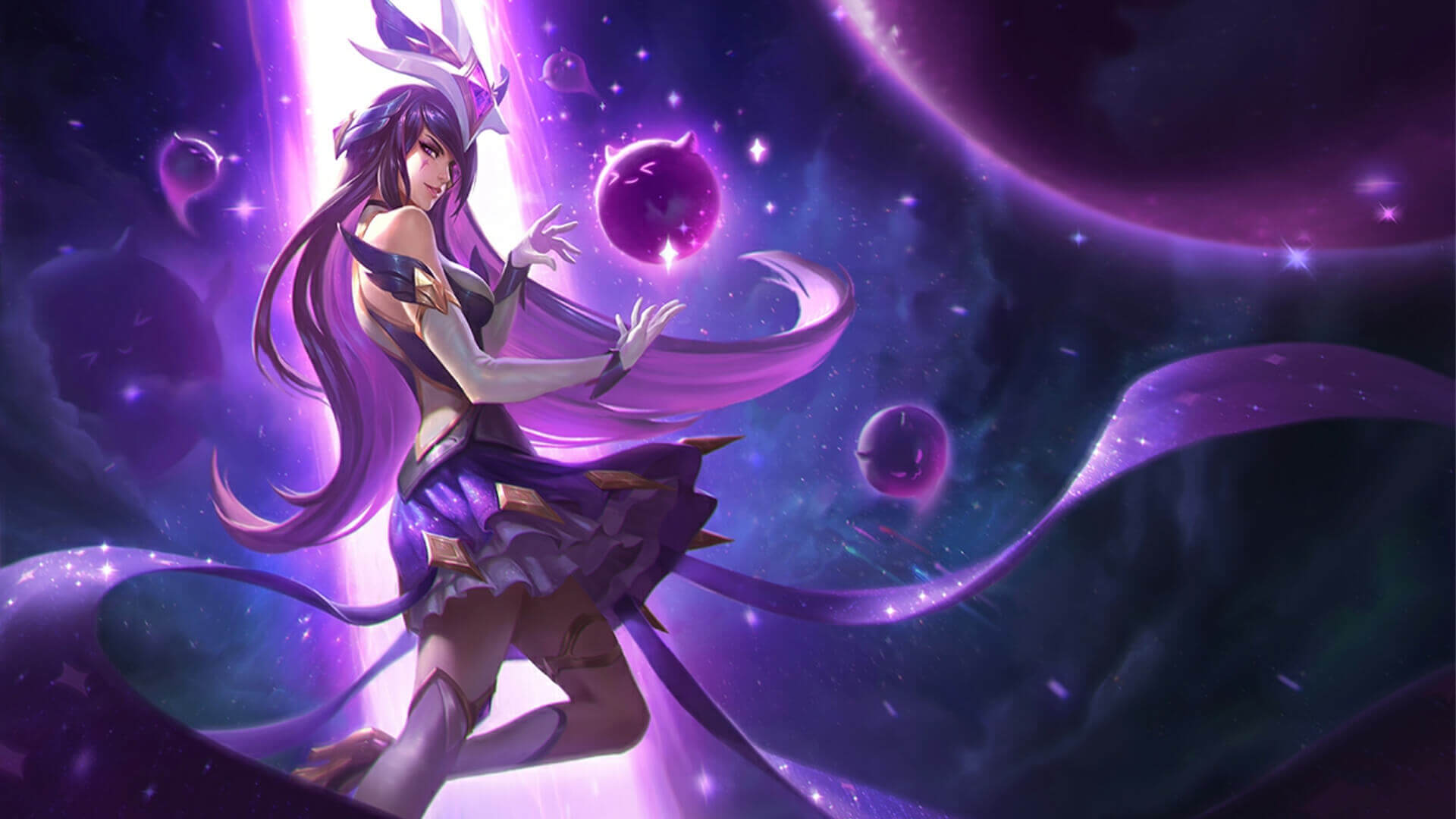Understand The Background Of Manga Now.
Sed ut perspiciatis unde omnis iste natus error sit voluptatem accusantium doloremque laudantium
Lorem ipsum dolor sit amet, consectetur adipisicing elit, sed do eiusmod tempor incididunt ut labore et dolore magna aliqua.
Ut enim ad minim veniam, quis nostrud exercitation ullamco laboris nisi ut aliquip ex ea commodo consequat. Duis aute irure dolor in reprehenderit in voluptate velit esse cillum dolore eu fugiat nulla pariatur.
Excepteur sint occaecat cupidatat non proident, sunt in culpa qui officia deserunt mollit anim id est laborum. Sed ut perspiciatis unde omnis iste natus error sit voluptatem accusantium doloremque laudantium, totam rem aperiam, eaque ipsa quae ab illo inventore veritatis et quasi architecto beatae vitae dicta sunt explicabo.
Sed ut perspiciatis unde omnis iste natus error sit voluptatem accusantium in reprehenderit in voluptate velit esse cillum dolore eu fugiat nulla pariatur
Nemo enim ipsam voluptatem quia voluptas sit aspernatur aut odit aut fugit, sed quia consequuntur magni dolores eos qui ratione voluptatem sequi nesciunt. Neque porro quisquam est, qui dolorem ipsum quia dolor sit amet, consectetur, adipisci velit, sed quia non numquam eius modi tempora incidunt ut labore et dolore magnam aliquam quaerat voluptatem.


























Commenter 350
ulla quis urna. Ut vitae nisi sit amet lectus blandit ultrices. Vestibulum ante ipsum primis in faucibus orci luctus et ultrices posuere cubilia Curae; Phasellus consectetur nunc at sapien. Ut pellentesque laoreet diam. Morbi arcu neque, congue rhoncus, sollicitudin ut, condimentum id, lectus. Nulla facilisi. Praesent neque lacus, pretium eu, molestie at, laoreet convallis, metus. Fusce leo nisi, ornare ut, ullamcorper ac, molestie et, quam. In vehicula arcu eu risus. Fusce ultrices lectus sit amet diam. Maecenas commodo risus eu diam. Maecenas at nibh. Nullam mattis pharetra dolor.
Commenter 351
s orci luctus et ultrices posuere cubilia Curae; Phasellus consectetur nunc at sapien. Ut pellentesque laoreet diam. Morbi arcu neque, congue rhoncus, sollicitudin ut, condimentum id, lectus. Nulla facilisi. Praesent neque lacus, pretium eu, molestie at, laoreet convallis, metus. Fusce leo nisi, ornare ut, ullamcorper ac, molestie et, quam. In vehicula arcu eu risus. Fusce ultrices lectus sit amet diam. Maecenas commodo risus eu diam. Maecenas at nibh. Nullam mattis pharetra dolor. Donec eleifend leo sit amet diam. Quisque ante. Aliquam erat volutpat.
Maecenas vel lectus. Maecenas convallis lorem at risus. Nullam facilisis tortor. Quisque quis turpis. Suspendisse consectetur nisl. Integer facilisis, massa consectetur mattis sollicitudin, lectus elit pharetra eros, ut dignissim sapien nunc eu nisi. Nunc tortor. Vestibulum imperdiet. Aliquam erat volutpat. Integer fermentum tincidunt nisl. Vivamus fringilla, augue vel consectetur convallis, justo